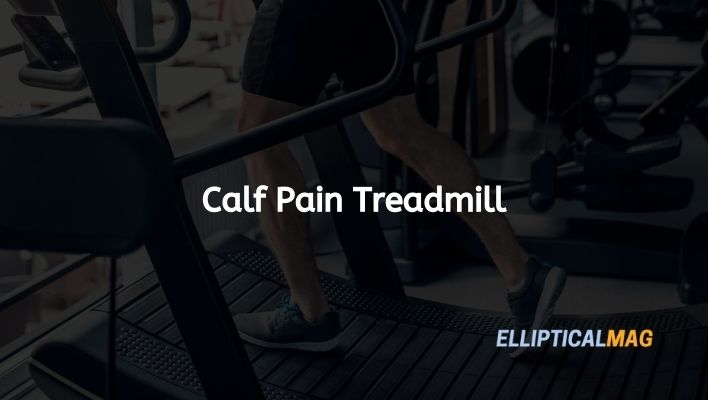
Over working or improper use of the treadmill may tighten your calves and cause calf muscle cramps that result in a lot of pain. Although calf pain is one of the common injuries while doing leg exercise, it has a home cure. But in over paining situation you should consult a physician.
Now moving on to reason and cure of calf injury while using treadmill we found a lot of people have a common inquiry in Google that is “How do I get relief from calf pain when I run on the treadmill?” So, we have concerns about the calf pain treadmill.
By reading this article, you can understand why do calf muscles hurt during or after the treadmill, the relations between calf soreness & treadmill, and the ways to get relief from the discomfort when you work out on the treadmill.
Table of Contents
Most Common Causes of Calf Pain
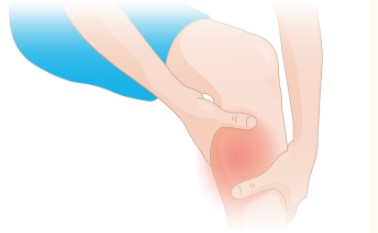
Calf muscles are the primary muscle of the lower body that comprises two muscles — the gastrocnemius and the soleus muscle. These muscles are located in the back of the lower leg and attach directly to the heel used for any leg motions. The muscles are responsible for walking, running, and jumping and help you bend your foot downward or stand on your tiptoes.
Sometimes, you may feel pain in the calf due to muscle strain. It may be mild or severe pain depending on the causes of your injury. There are a variety of conditions that can cause calf injury, and some are easily treatable.
Also, the huge upper body weight puts pressure on the legs that eventually results in calf ache. But it gets better with time when you are losing weight regularly. Let’s know some other most common causes of calf strain and pain:
- Exercising more than usual or doing new exercises.
- Increase the exercises that heavily involve the legs.
- Workout without safety tools like sports shoes.
- Overuse or improper use of a muscle.
- Limited blood flow to legs.
- Varicose vein
- Sciatica etc.
Calf Pain and Treadmill
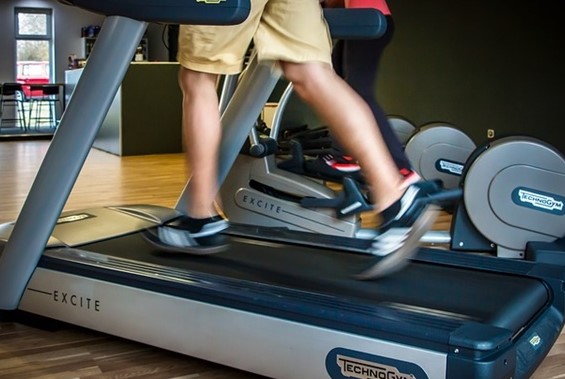
Treadmills offer a controlled environment and softer surface to do indoor exercises alternative to running on concrete streets or paved paths. Doing exercise by using a treadmill can straighten your lower body (especially leg) muscles and increase the endurance of the heart as well as give relief from lower back pain.
It seems that the treadmill is a harmless piece of gym equipment with a lot of health benefits, but sometimes it may be the cause of your calf pain. Exercising (running or jogging) on a treadmill for a long time has a harmful impact on your calf muscles because of overuse. It can be a cause of pain in the calf.
Also, inappropriate ways of exercises on the treadmill are the common causes of hampering calf muscle fibers (muscle fiber keeps physical forces in control within the body) and cause a lot of pain. According to their body’s condition, most people can’t fix the incline’s level, running speed, etc.
Moreover, inadequate knowledge, lousy posture, and starting exercise without any preparation may cause pain as well. So, it’s more important to know about the proper ways to exercise on the treadmill to get a relaxed treadmill running session and prevent calf muscle cramps.
How to avoid calf pain when using a treadmill?
Calf pain while running on a treadmill is one of those common running injuries. Cure/ treatment of this injury is very important but we all know prevention is better than cure. That’s for we will first find out the resources to prevent calf pain. In addition, you have to follow the proper exercises and additional guidelines given below.
Picking Up Right Treadmill
There are a variety of treadmills depending on the features. You have to select the right one according to your needs. Design, Manufacturing, Incline levels, shock-absorbing capability, durability, etc., all are essential facts to know about treadmills before buying. Treadmills with shock absorption with low inclines will be best suited for you to prevent calf pain.
Maintaining Running Speed
Everyone needs to start exercising slowly and increase the speed gradually. Increasing the speed or incline on the treadmill too quickly are the most common causes of calf discomfort or injuries. Listen to your body to adjust the inclines levels, or it may be at least 1% at all times.
Don’t overuse
Overusing the treadmill can be very fatal for your legs (to be specific for calves). If you don’t use a treadmill at a constant interval it can cause tight calves. Tight calves can be a sign of mild injury. The most common calf injury during the treadmill is fatigue of the Soleus and this results in sore calves as well. You should not use the treadmill more than two times per day.
Following Safety Key
There is a safety key with your treadmill box. You have to read the manual guide to set up your treadmill correctly to decrease the chance of an accident or injury. Always set the safety key that can provide an emergency stop feature. In an emergency, remove the safety key to stop the belt and shut off the treadmill immediately.
Maintaining Good Posture
Having a good posture is essential to avoid injuries from treadmill workouts. Straight knees cannot absorb shock properly, so adjust the inclines to give you a natural running experience. To protect your lower back, keep your abdominal muscles pulled in, elongate the spine and lift your chest slightly. Moreover, you should run flat feet on a treadmill.
Using Calf Brace
A brace is easy to put on and helps to support the calf muscles. It’s designed to help cushion and protect the anterior and posterior muscles of the calf to help with pain from exercises.
Wearing Running Shoes
Good-quality running shoes are a necessary investment for working out. You may think that sports shoes are a little expensive, but they can help prevent injury to the feet. Shoes must fit properly and have the capability to absorb shock. If you can’t find these types of shoes, you can also try insoles for running, which would help reduce the impact force while running.
Staying Hydrated During Treadmill
Always stay hydrated during and after exercise. Drinking mineral water to maintain the electrolytes (sodium, calcium, and potassium) balance. Moreover, the warm-up season is necessary before starting exercise.
Following RICE Method
If you’ve injured your calf, R.I.C.E. (rest, ice, compression, and elevation) can effectively get relief from pain. Take rest to heal the injury. Applying a cold (ice) compress to calf muscles and elevating the leg is helpful for calf and leg pain. Try elevating your leg at or above the level of your heart to get swelling to decrease.
How to Get Relief from Calf Pain
NSAID: Non-steroidal anti-inflammatory drugs like paracetamol, aspirin, ibuprofen, etc are safe to use without any doctor’s consultation. This type of medicine can give you relief from calf pain.
RICE: If you’ve injured your calf, R.I.C.E. (rest, ice, compression, and elevation) can be effective to get relief from pain. Take rest to heal the injury. Applying a cold (ice) compress to calf muscles and elevating the leg is useful for calf pain. Try elevating your leg at or above the level of your heart to get swelling to decrease.
Stretching: Calf stretches can help to get relief from calf pain. You can do stretching exercises by various techniques like calf raises, stretching with/without a wall, heel cord stretch with a bent knee, stretch with a towel, Plantarflexion, etc.
Foods: Magnesium can be helpful to get relief from calf pain and muscle cramps. Food can be a natural source of magnesium and that’s why here we present some foods that have a significant amount of magnesium. Almonds, spinach, cashew nuts, peanuts, soymilk, black beans, edamame, baked potatoes with skin, cooked brown rice, plain, low-fat yogurt, etc.
Conclusion
To conclude the whole article, treadmills can be dangerous if they are misused. To prevent calf pain from treadmill workouts, you have to follow the safety precautions that have been described above in detail. If you have any medical or physical conditions that could put your health and safety at risk, please consult your physician before starting exercise.


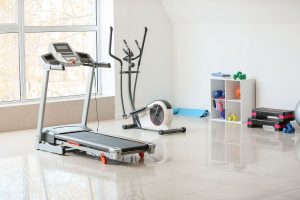
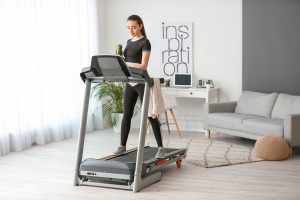

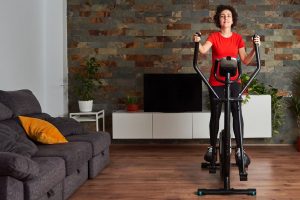
1 thought on “Why Do Calf Pain On Treadmill- Resources For Cure and Prevention”
Comments are closed.